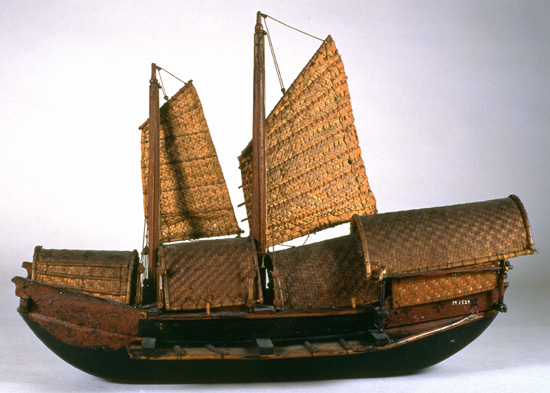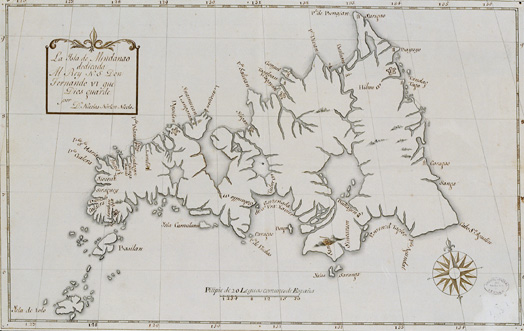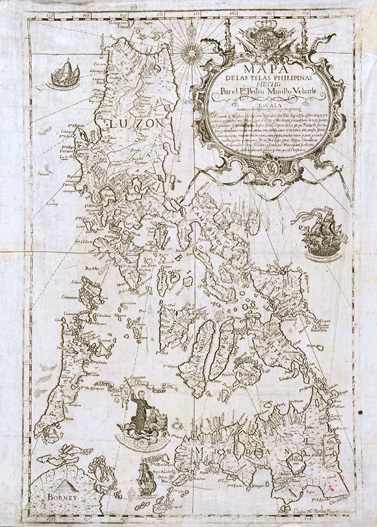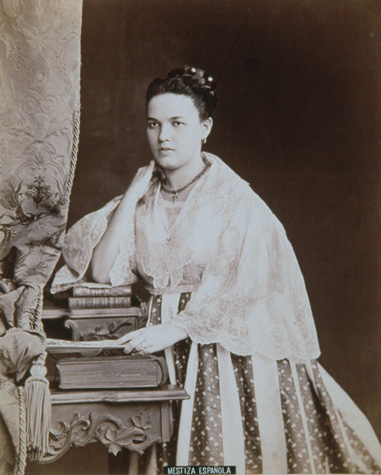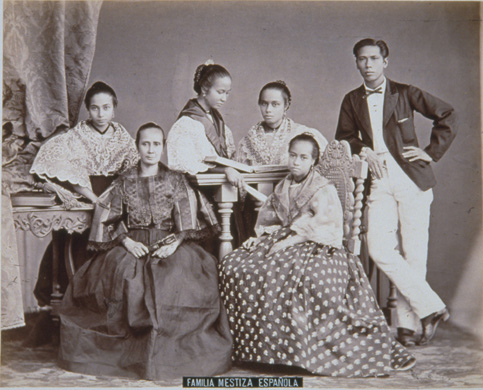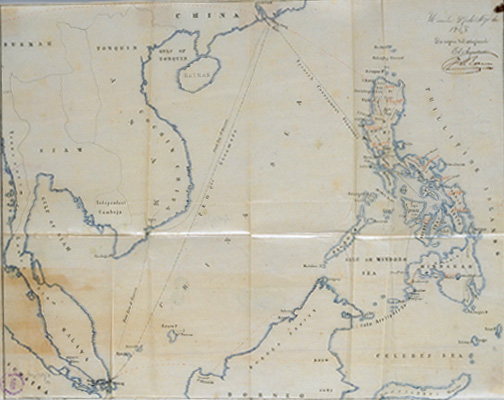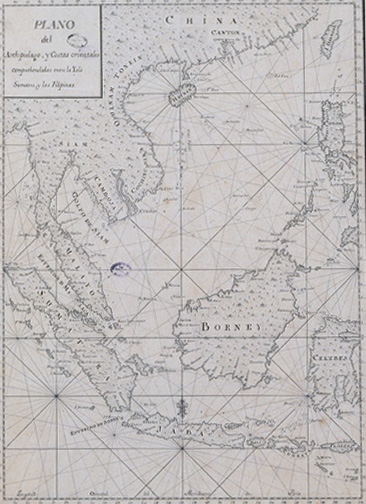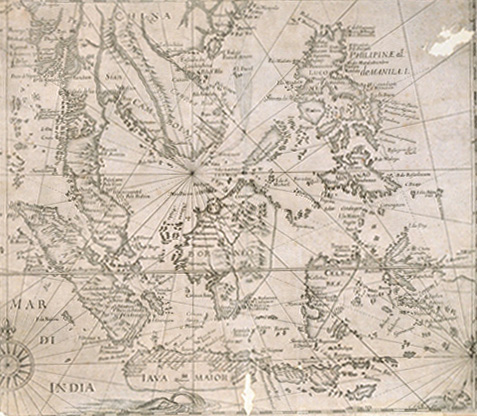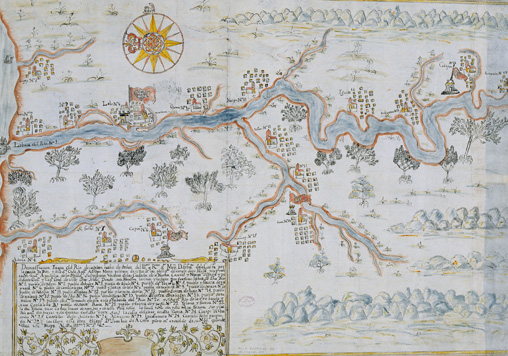| Model of a Philippine-built ship whose construction reflects western influences, and which was used for foreign trading. MN During the 19th century, indigenous trading continued along much the same lines as it had done from the 16th century. Beyond the immediate area of the archipelago, the greater part of trading operations were carried out with Borneo, China and Japan. | 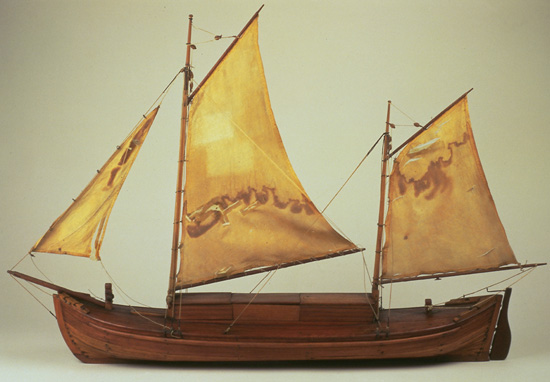 |
